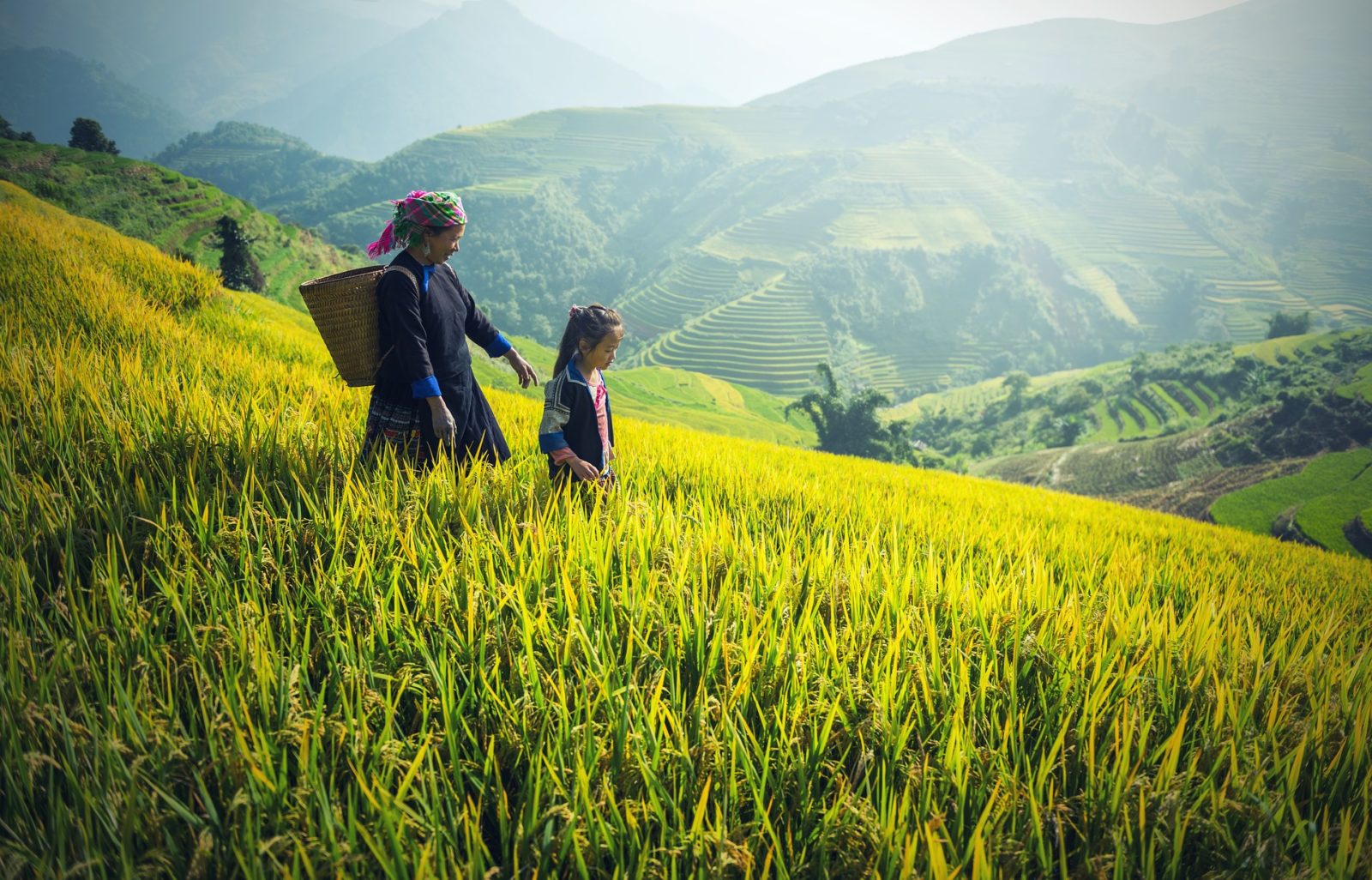Classic oolong tea from Fujian province honors famous Bodhisattva Guan Yin
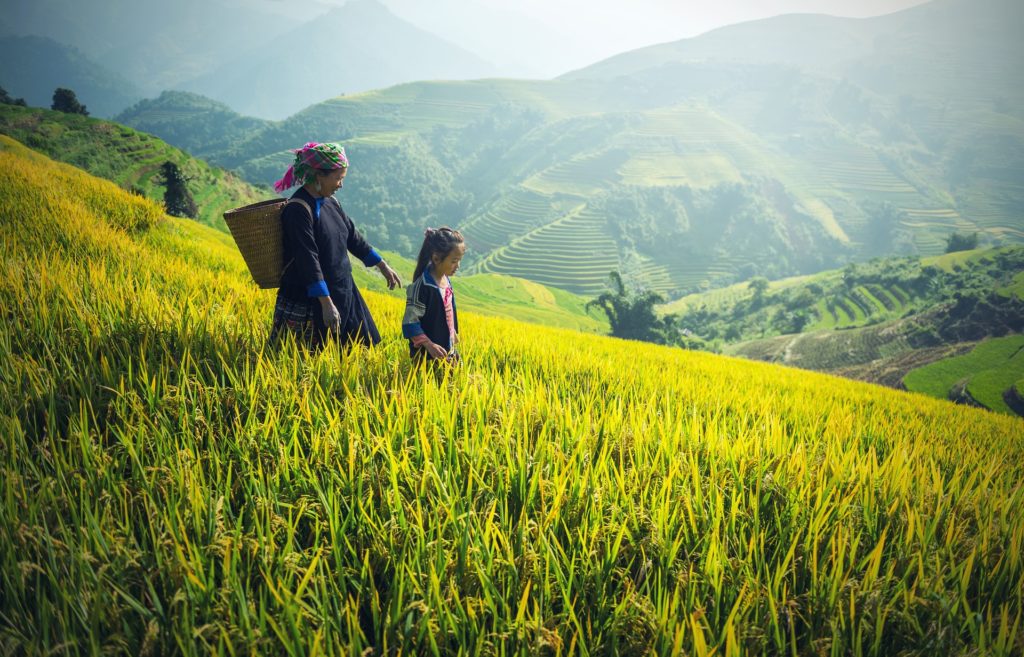
The Chinese first discovered how to turn leaves from shrubs growing in mountainous regions into what we now call tea. It didn’t take long for the beverage to root itself firmly in Chinese culture. Tea thrilled rulers, and inspired scholars and poets. It fueled people while working in fields, and served as balm after long days planting rice, pulling weeds and harvesting plums.
Tea is one of the pillars of Chinese culture, and over the centuries it has nurtured thousands of stories and legends.
These legends count as one of tea’s many pleasures. Among other things, they offer windows into ancient Chinese life, and they demonstrate tea’s primacy across the country.
Consider the legend behind Tie Guan Yin, the focus of our latest Tea Spotlight.
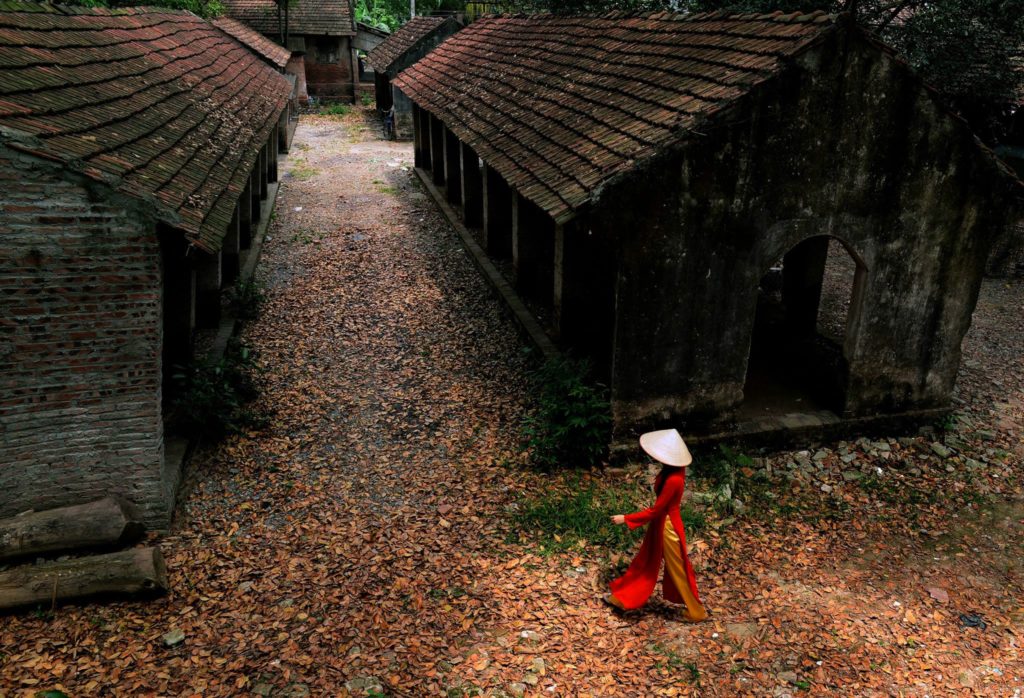
Tie Guan Yin is one of China’s most famous oolong teas, for good reason. It is intensely floral and smooth, offering pleasing hints of sweetness. It is hard to resist.
The legend behind the tea is compelling as well.
Tie Guan Yin from a tea-growing epicenter
The tea comes from the Fujian province, specifically Anxi County, which is in the southeastern part of the province. Due east from Anxi is the Taiwan Strait, the body of water separating mainland China from Taiwan.
Legend has it that long ago a poor farmer named Wei Yin every day passed a forlorn stone temple to the Bodhisattva Guan Yin, known as the Goddess of Mercy in Buddhism. He was tired from working the fields, but could not abide what had happened to the temple. Buddhists prayed to Guan Yin for enlightenment. She deserved special care.
Bodhisattvas revered in ancient China
In ancient China, Bodhisattvas were people who attained enlightenment through the teachings of the Buddha, and then devoted themselves to improving the lives of other people on earth. Many Bodhisattvas did not announce their presence on earth. A Bodhisattva could be a dog, or the village dumpling maker’s daughter.
Guan Yin was considered an especially powerful Bodhisattva. She embodied the compassion of all beings that had achieved enlightenment.
Wei Yin devoted all of his spare time to improving the temple: cleaning it, fixing things that had broken, polishing the iron statue of Guan Yin inside and lighting incense in its chambers every day.
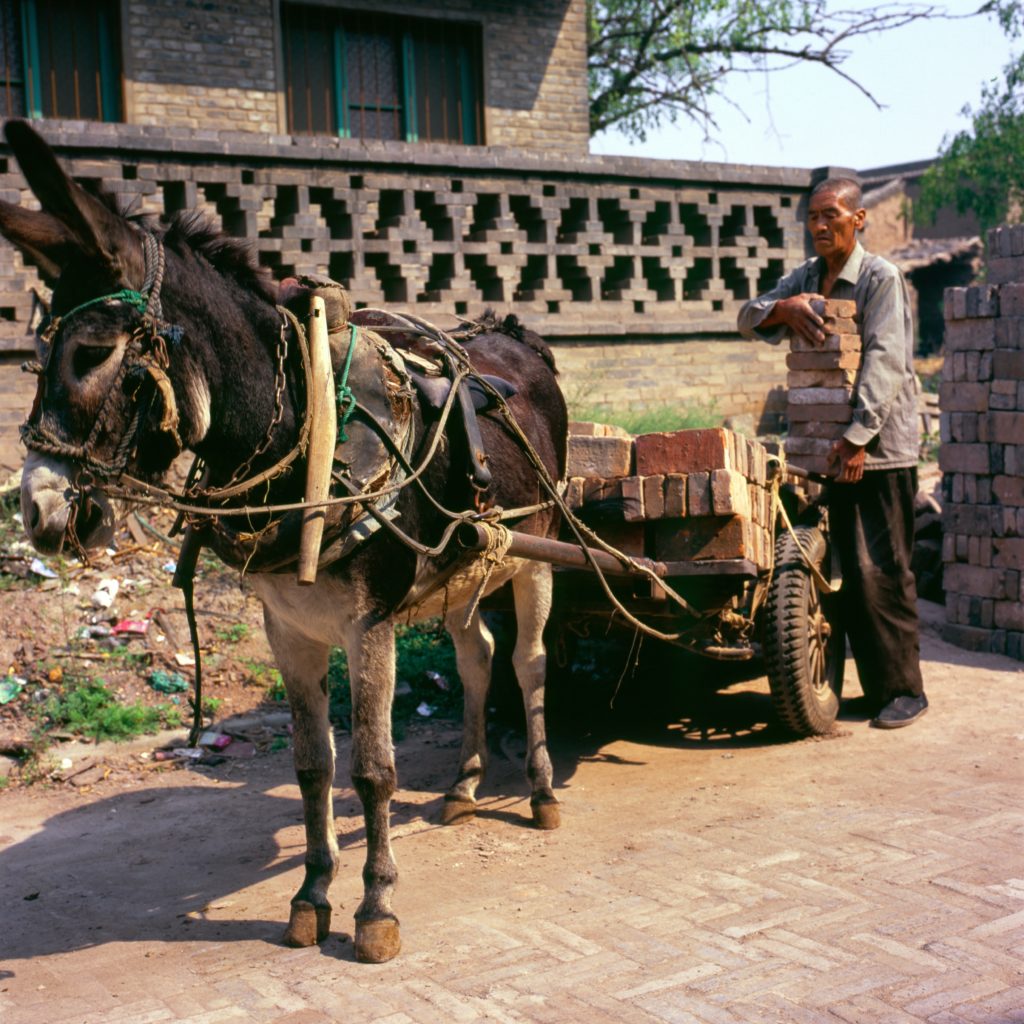
Wei Yin was nearly always tired, as were most people in villages all around. The region was exceptionally poor, and things had grown worse over the years. Many people had lost hope in the future. But Wei Yin remained true to his commitment to the temple, despite his constant exhaustion from working so hard. He could have just gone home after he was finished in the fields every day, but instead he visited the temple.
A dream led to discovery of Tie Guan Yin
One day he fell asleep in the temple before he had a chance to return to his village. While deep in sleep Guan Yin came to him in a dream. She told Wei Yin to search for a cave behind the temple.
When Wei Yin awoke, the dream remained vivid in his memory. He immediately walked behind the temple, which was surrounded by thick wilderness.
And there he found the cave. Within the remote, dark grotto Wei Yin discovered a single tea shoot.
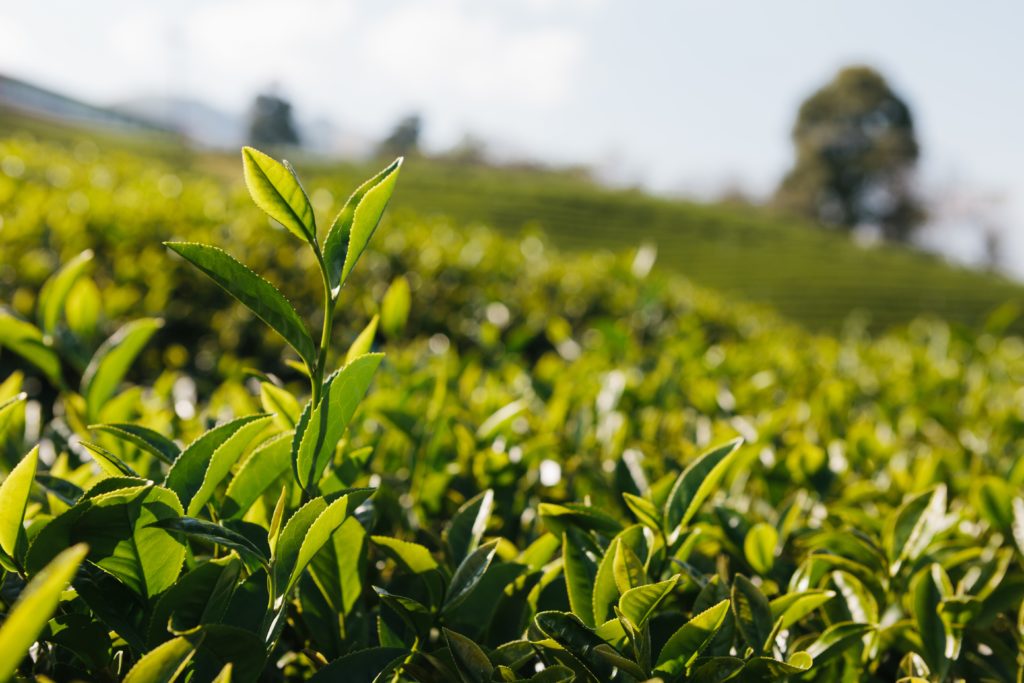
Even then, tea was central to Chinese culture, some of it highly valuable. Since the goddess Guan Yin directed Wei Yin to the cave, he thought the tea shoot might be special. He carefully removed the shoot and planted it in an iron pot.
Over time, the shoot grew into a vibrant, strong bush. And the quality of the tea from the bush was unsurpassed.
Tie Guan Yin helped Anxi thrive
People across the poor village and from surrounding villages visited Wei Yin for cuttings of the miracle tea, and soon all of Anxi thrived. Guan Yin’s gift of tea transformed Anxi, which today, thousands of years later, is a principal commercial tea center for China.
Not all Chinese teas have legends behind them. But many do. At Ku Cha House of Tea we celebrate everything about tea: its cultivation and drying, preparation techniques and accessories, and of course its aromas and flavors. And we champion tea’s history, too, as well as its central place in Chinese culture. The legends are an important part of tea’s vibrant history.
Tie Guan Yin is a fantastic tea for any tea drinker. Tea enthusiasts are crazy for it, and it’s a wonderful introduction to oolong for people who are just becoming interested in tea.
One sip, and you will be hooked.
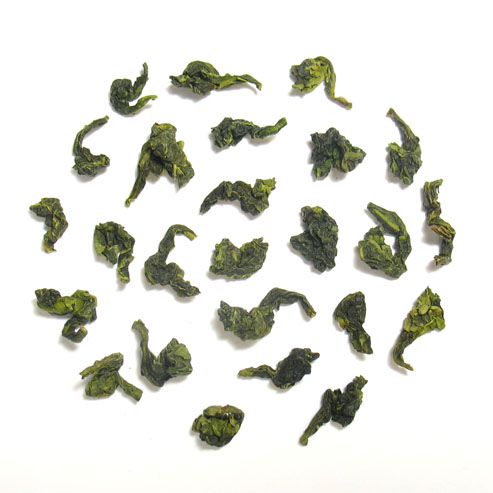
Brewing Instructions for Tie Guan Yin
Use 1 teaspoon for every 8-12 ounces of Tie Guan Yin. Before brewing, rinse the tea by pouring boiling water over the leaves and then quickly discarding the water.
Steep for between 1 and 2 minutes in boiling water.
Interested in a lighter flavor? Boil the water and then let it sit for five minutes before pouring over the leaves. Desire a bolder Tie Guan Yin flavor? Increase the amount of tea per serving to 2 teaspoons.
Tie Guan Yin is one of many traditional Chinese teas that can be re-steeped repeatedly. After finishing the first brew, you can add boiling water to the wet leaves a few more times. With each steep, add an additional minute of time for the hot water and leaves to steep together. We often stop re-steeping after the third time, but feel free to continue until the tea no longer contains desirable flavor. One tip: Avoid re-steeping Tie Guan Yin if the tea has sat out for more than hour after the first steep.

